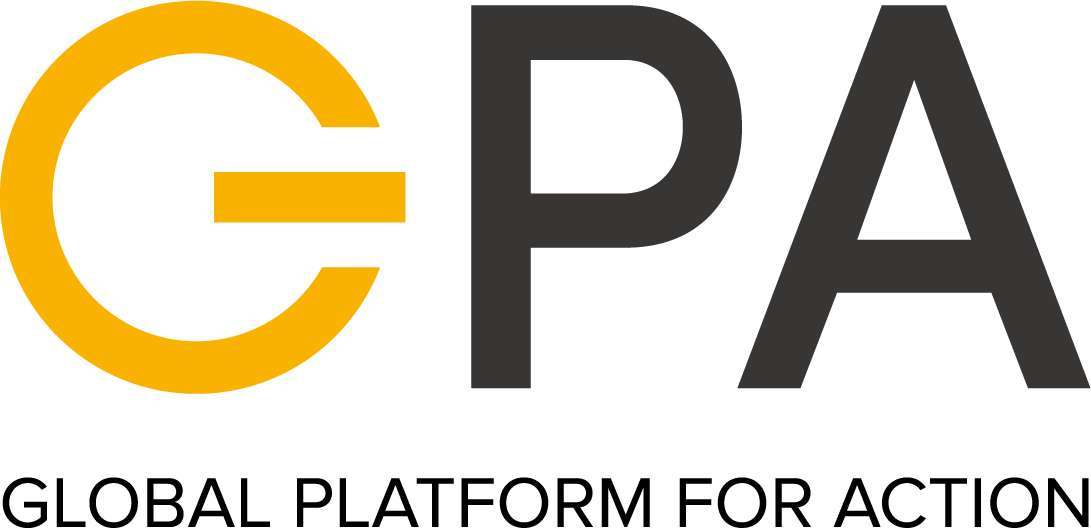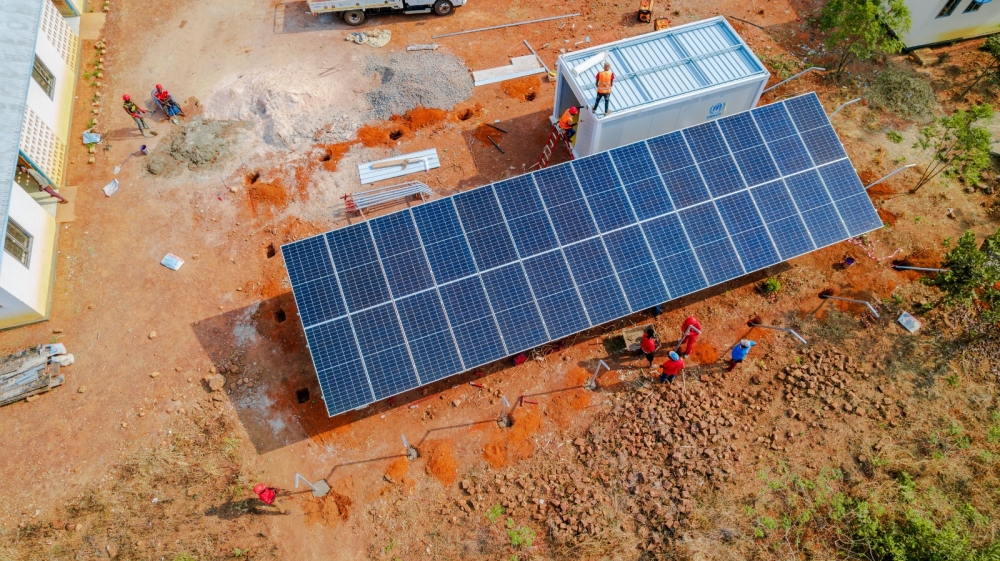In this section
In this sectionA new briefing note by the GPA Coordination Unit demonstrates that solarising healthcare facilities in crisis and conflict-affected communities reduces costs while improving quality of care delivered, but lasting impact depends on successful coordination of long-term operations and maintenance of installed systems.
Reliable power for health facilities is not a luxury but a lifeline. In sub-Saharan Africa, more than 93,000 health facilities either lack electricity altogether or depend on highly unreliable sources, with the vast majority located in remote, fragile, and humanitarian settings. The briefing note identifies a pipeline of 202 such facilities across 15 countries which are in need of urgent electrification via the installation or refurbishment of solar power systems.
Leveraging field data and inputs from energy experts, humanitarian agencies, UN country teams and technical partners the briefing note estimates that $4.5 million would be required to solarise and maintain the 202 facilities over 10 years while $8.3 million would be required to power the facilities with diesel over the same period. Thus, solarisation would lead to a nearly 50% reduction in fuel and electricity costs for the partners operating these facilities over the long term while also avoiding over 1,000 tonnes of CO₂ emissions annually.
Successful long-term solarisation of these health facilities can only be achieved through effective resource mobilisation and collaboration. The briefing concludes by outlining how the identified pipeline of facilities present an opportunity for piloting new ways that partners can work together to close the humanitarian healthcare electrification gap:
- Pooled O&M Financing Facility: The necessary funding must be raised and deployed via a mechanism that effectively overcomes the standard short-term funding cycles of donors and humanitarian organisations to ensure that systems installed are maintained over the long term.
- Global Taskforce for Humanitarian Healthcare Electrification: A centralised platform for tracking the electrification status of humanitarian health facilities can help countries identify the most efficient and cost effective pathway to solarising facilities in a given location as well as reduce costs through project bundling and resource pooling.
- Data Collection Partnerships: Better collaboration among partners to gather and share in-country solar pricing and supplier data can support improved calculation of investment needs and drive further cost savings for humanitarian organisations, donors, and financiers over time.
To read the full briefing note, click here. If you are interested in learning more or working with partners to close the humanitarian healthcare electrification gap, please reach out to energy@unitar.org.
Last updated: 12/09/2025

